Specialized launches radical new S-Works Ares sprinter's shoe, designed with Sam Bennett
New ‘side project’ is claimed to be Specialized’s faster ever shoe by one per cent thanks to a new closure system, but the S-Works Ares won’t replace the S-Works 7
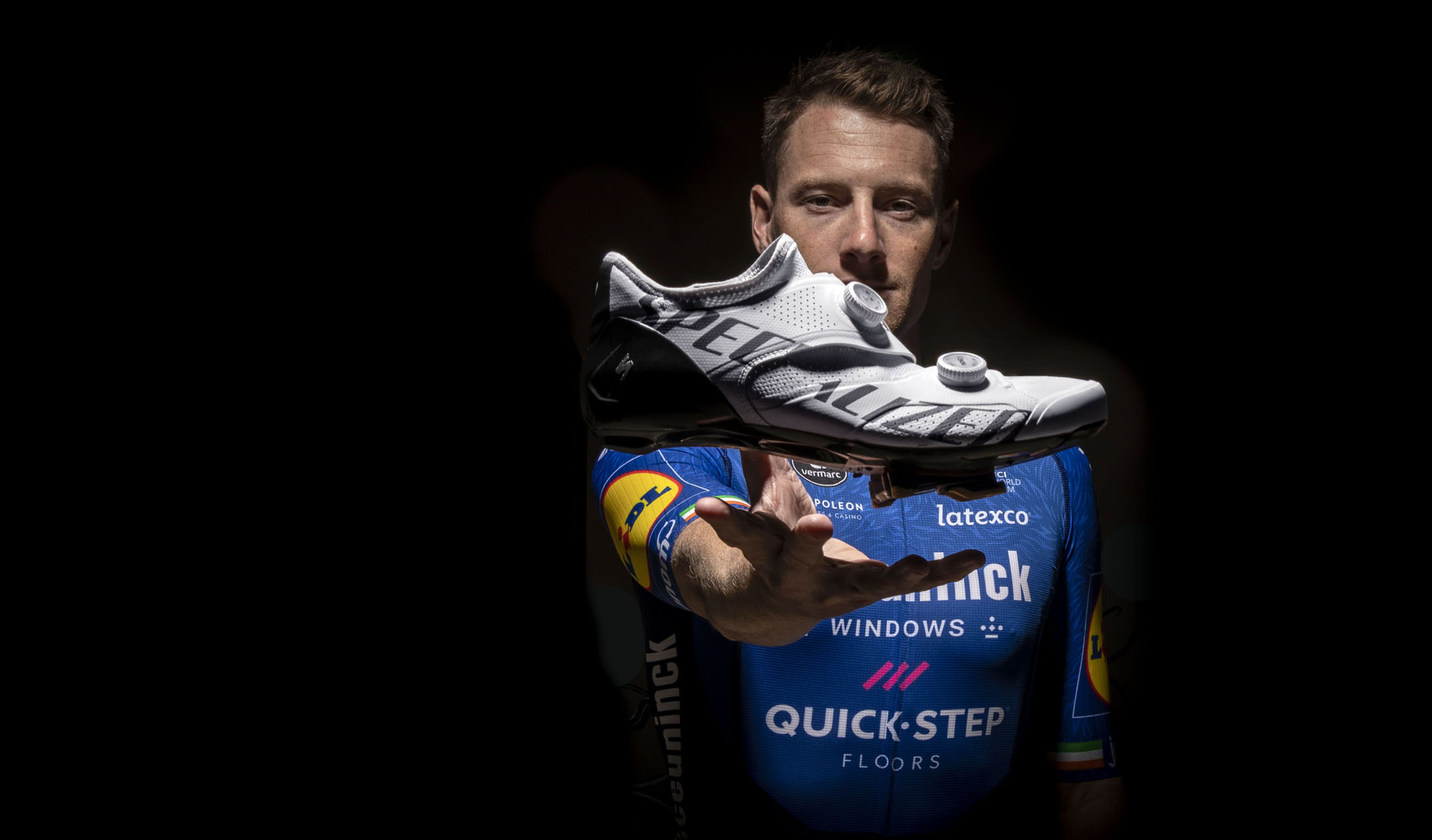

Specialized has launched the S-Works Ares, a shoe developed with Tour green jersey winner Sam Bennett that the US brand says is one per cent faster than any shoe it’s ever made.
Rather than replacing the S-Works 7 shoe, the Ares will follow the S-Works Exos and S-Works Vent in being available alongside the all-rounder pro-level shoe in order to give riders more choice, according to Specialized. Whereas the Exos was super lightweight and the Vent designed to perform in very hot conditions, with the Ares Specialized says its aim was “to crack the code of locking in support without sacrificing comfort.”
To achieve this, rather than increasing the stiffness of the carbon sole – the new design uses the same carbon as the S-Works 7 sole – Specialized turned its attention to the closure system.
Design director Rob Cook, who works directly with Deceuninck-Quick Step, Bora and Team SD Worx (formerly Boels), said: “You get to a certain point of stiffness and if you go beyond that you’re only adding weight. Even for riders like Sam Bennett there’s no measurable performance benefit in going stiffer. Closure plays a bigger point in power output after a certain point: how the foot is anchored, how to create a connection that was so immediate with no ‘lag’ between the power transferring from rider to bike.”

"To immobilise his shoe, Sam was basically bracing by pressing down with his big toe to force the ball of his foot against the top of the shoe," said Cook. "It didn’t help with the pedal stroke but it did avoid any movement. We had to make sure he wasn’t having to do a strange movement with his foot – a wasted effort, wasted energy."
To solve this, the Ares uses a new strap construction that anchors at the back and wraps over the dorsal area of the foot to act like a bracing panel.
Cook said: “Normal shoes close in the middle around the centre of the foot. The Ares has a closure system with a Y-shaped cable arrangement and the volume adjustment via Boa Li2 dials takes place on the medial [inner] side. We’re pulling the foot down, the arch into the inside of the shoe, instead of allowing it to swim and roll in a shoe. This system takes the volume out of a shoe in the area where we want to create contact.”
The effect of a properly fitting shoe on power output is something British Cycling's former head of physio has confirmed to Cycling Weekly in the past, Phil Burt said: "When someone wears a bespoke, carbon fitted shoe, or a good insole with a properly fitting shoe you do see genuine uplifts in power.”
One of the first challenges Specialized faced was to create a vice-like grip that was still comfortable for pro riders whose feet don’t benefit from the 'natural padding' of weekend riders’ feet. Cook said: “We have a gruesome picture of Sam’s foot when he’s really race fit. These riders have five per cent body fat. Any tendon is super developed and there’s no 3mm or 4mm of fat over the top of everything – it’s super thin skin. We think these are the guys who can take so much pain in a race, but it’s not the case with shoes. They need to be almost at a level of comfort that’s above what the weekend rider needs.”
According to Cook: “The first thing was solving the problem with these tendons on top of the foot almost coming out like redwood roots from the bottom of the ankle. How to wrap and hold the foot in a way that doesn’t inhibit their movement or create pressure points.”
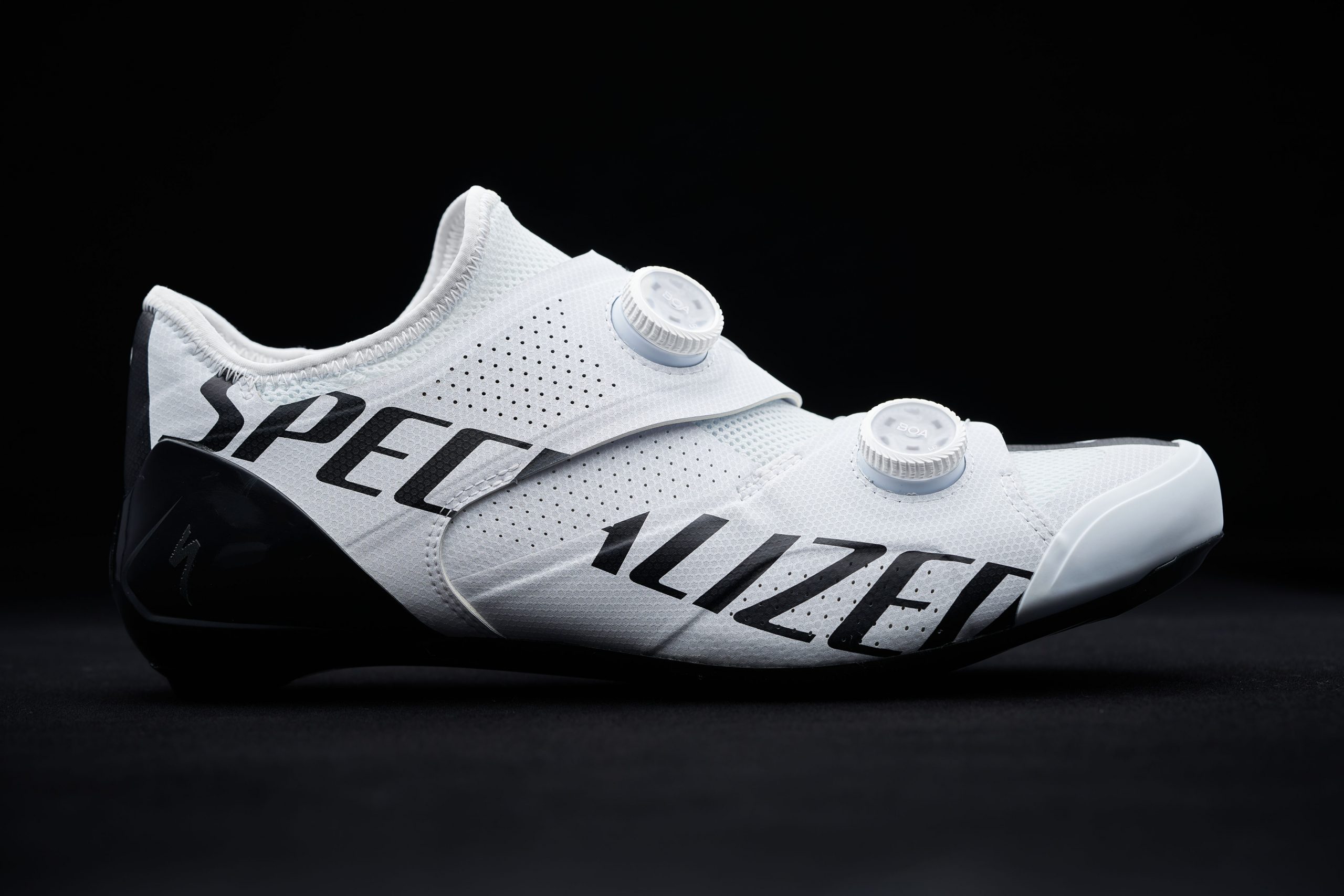
Cook’s solution was to design smooth straps with cutaway V shapes that would allow the tendons to take their natural path. The traditional tongue was also replaced by a one-piece sock tongue, eliminating overlapping surfaces: “We removed the problem of trying to predict where a tongue overlaps with a stay and dials and all these surfaces. Think of a tongue that has a 1mm step on the edge, a super thin cycling sock and these fat-free cyclists’ feet.
"Over time the pressure from that step builds up, and the tighter you have your shoe the more you feel it. That’s why we removed the tongue and used a sock tongue instead – to make sure that the main part where the ligaments transfer from the ankle into the foot are completely with a one surface smooth skin against the sock.”
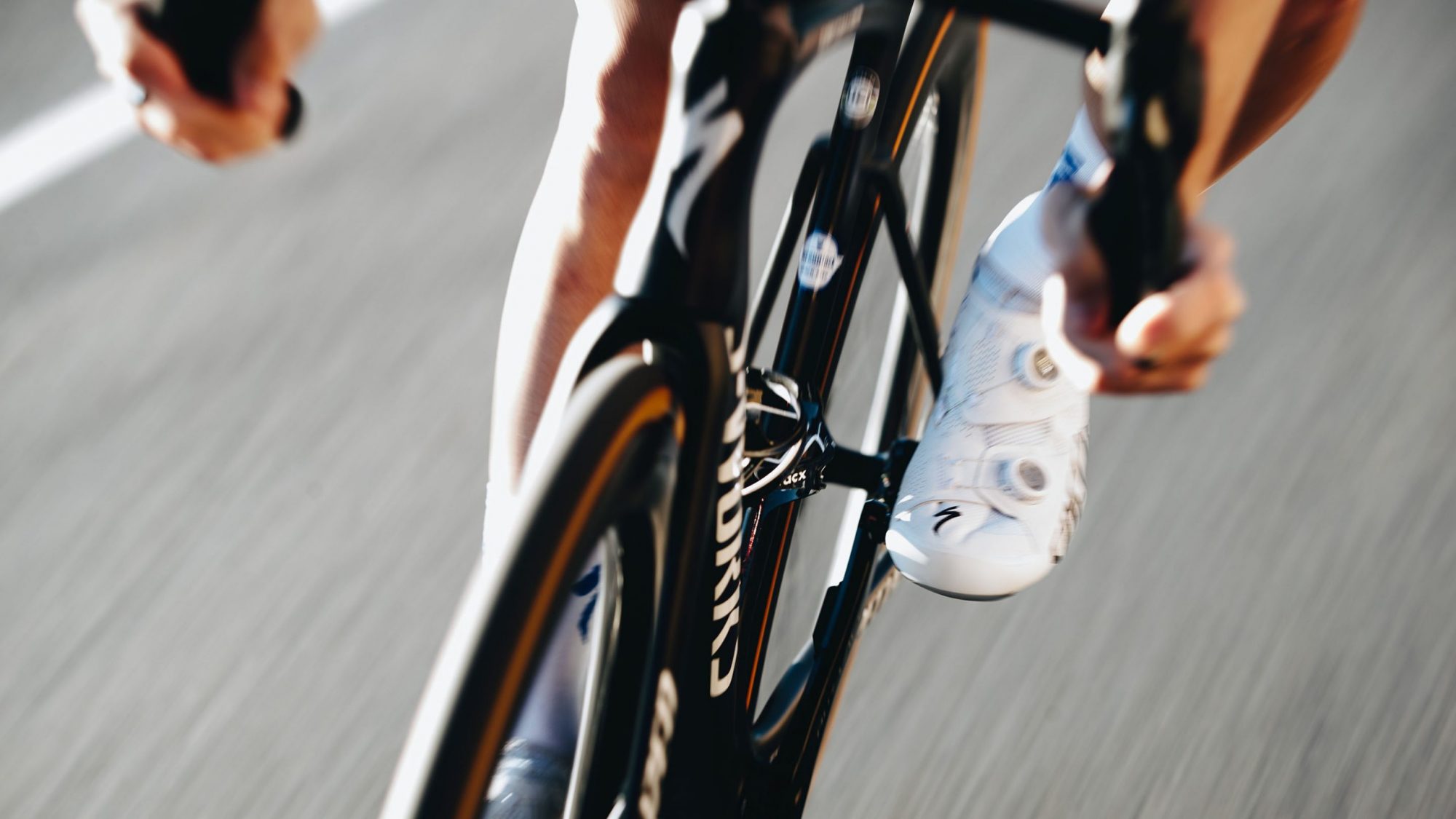
Is Bennett happy with the result? In Specialized's press release he was quoted as saying he was worried another sprinter would get them before him as he knows they make a difference.
However, will the shoe have limited appeal being designed for such a specific area of cycling? Does it have anything to offer non-sprinters? According to Cook: “We’re just going through team camps now and we’ve offered it and riders have taken it. We’re surprised at the kind of riders that are happy in the shoe. We had Sam, Sagan and those riders in our heads, but there’s a lot of excitement about the level of comfort.
“You design a shoe for extreme use and then below it everybody who doesn’t use it to the same extreme gets the same benefits. We’re designing it for the extreme, but I think we’re going to see 50 per cent of [Specialized] riders in the peloton wearing it.”
The S-Works Ares still includes Specialized’s Body Geometry features – the varus wedge, longitudinal arch and metatarsal button. And it will naturally also be available for consumers, retailing at £375. That's £15 more than the S-Works 7 but £5 less than the S-Works Vent, while the Exos is the most expensive at £450.
The Ares has a claimed weight of 220g per shoe (the S-Works 7 weighs approximately 224g per shoe), comes in full sizes and half sizes and four colour ways, including red/black and black.
We have a pair to test and we're keen to see if they offer benefits outside of the pro peloton – stay tuned for our review.

Thank you for reading 20 articles this month* Join now for unlimited access
Enjoy your first month for just £1 / $1 / €1
*Read 5 free articles per month without a subscription

Join now for unlimited access
Try first month for just £1 / $1 / €1
Get The Leadout Newsletter
The latest race content, interviews, features, reviews and expert buying guides, direct to your inbox!
Simon Smythe is a hugely experienced cycling tech writer, who has been writing for Cycling Weekly since 2003. Until recently he was our senior tech writer. In his cycling career Simon has mostly focused on time trialling with a national medal, a few open wins and his club's 30-mile record in his palmares. These days he spends most of his time testing road bikes, or on a tandem doing the school run with his younger son.
-
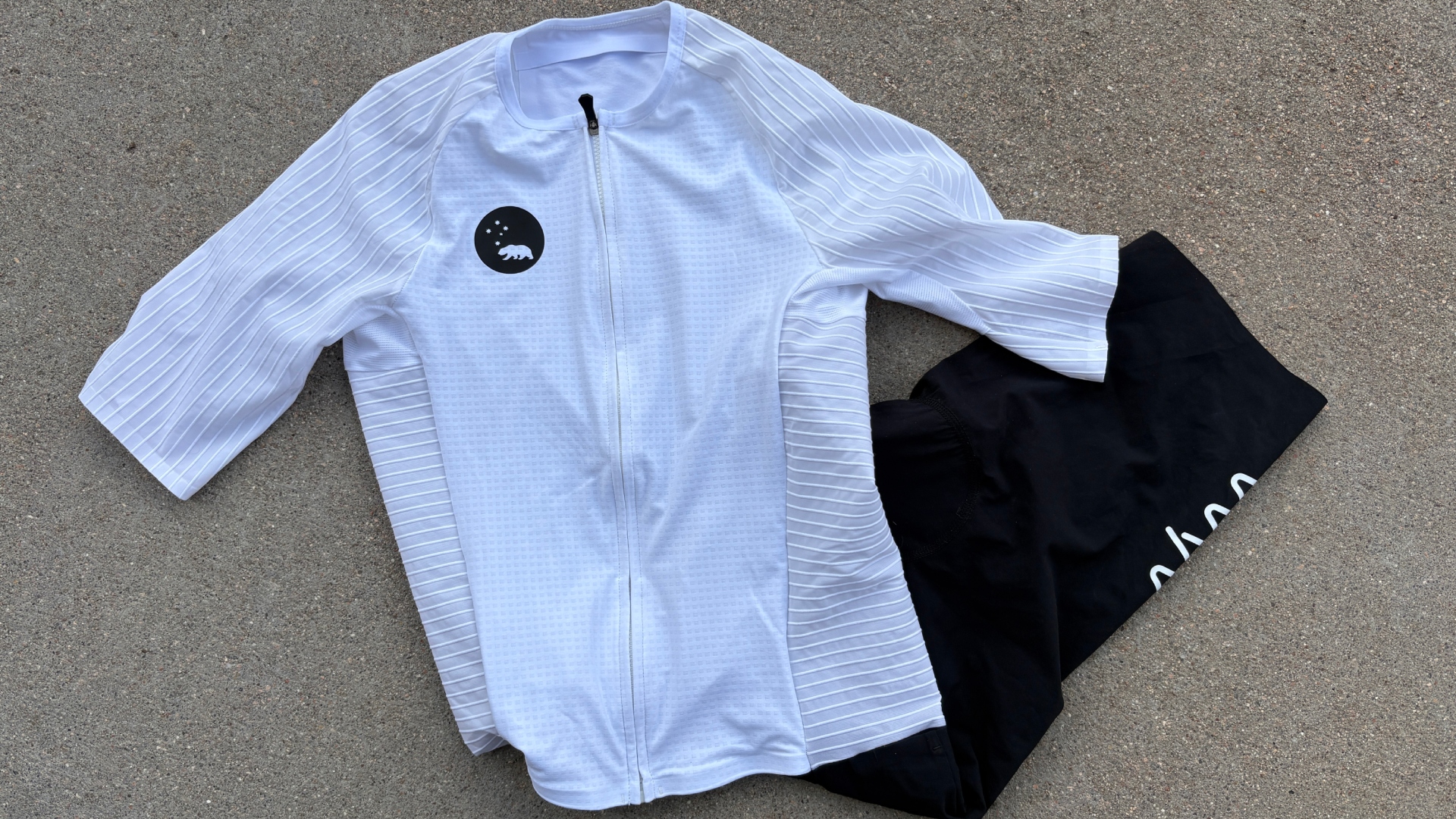 "Like a second skin” - the WYN Republic CdA triathlon suit reviewed
"Like a second skin” - the WYN Republic CdA triathlon suit reviewed$700 is a substantial investment in a Tri Suit, and it is, but you’ll definitely feel fast in it
By Kristin Jenny
-
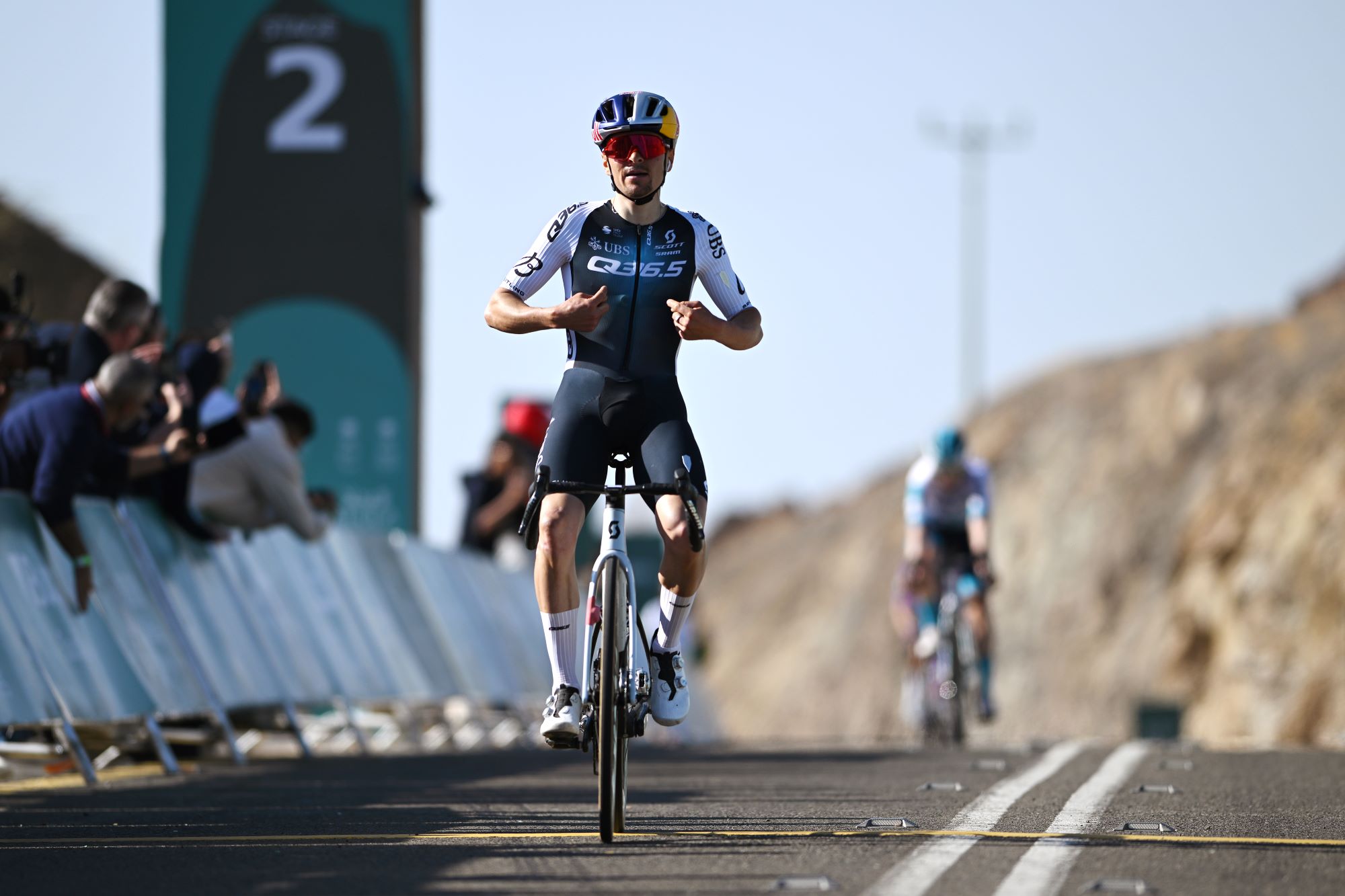 What does Q36.5 mean? We asked the people behind the Italian kit brand that sponsors Tom Pidcock's team
What does Q36.5 mean? We asked the people behind the Italian kit brand that sponsors Tom Pidcock's teamQ36.5's Luigi Bergamo and Lodovico Pignatti Morano take on Cycling Weekly's Q&A
By Tom Thewlis